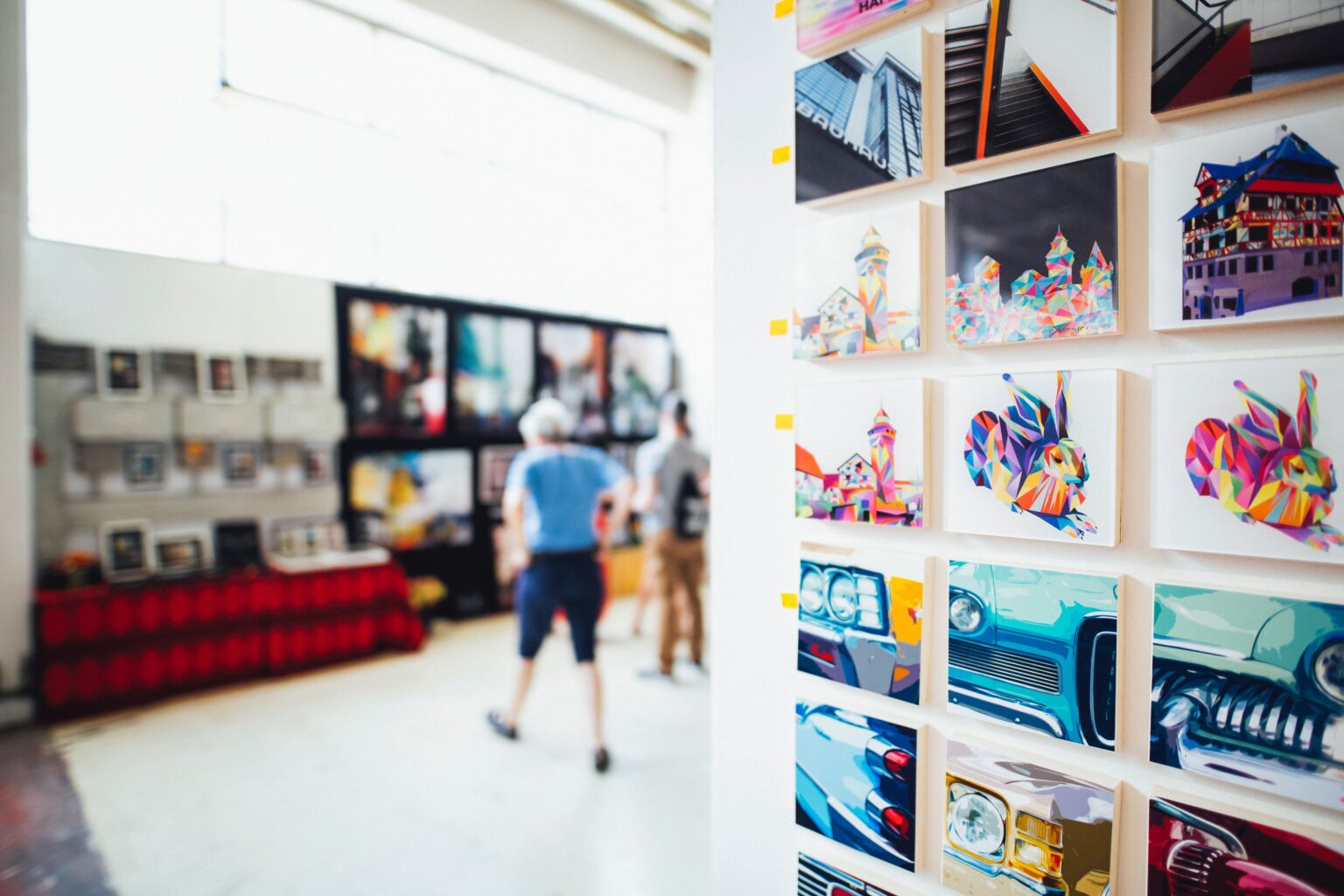Every year, for one weekend in September, the African art scene converges at the heart of the Sandton CBD for Johannesburg’s flagship art fair, FNB Art Joburg. For collectors and art lovers alike, nothing beats the atmosphere of galleries jostling for sales and professional schmoozers doing their thing. It’s a moment when everyone in the art scene puts their best foot forward, and those feet tend to be, for opening night at least, exceptionally well shod.
This year, however, there will be no clicking of heels and clinking of Champagne flutes – FNB Art Joburg 2020 will take place, like everything else right now, online. Swap the Louboutins and bubbles for Ugg boots and Milo.
FNB Art Joburg Online is riding a wave driven by the COVID-19 pandemic that sees art fairs around the world substituting typically intensive and crowded physical iterations with online manifestations that ‘visitors’ can peruse from the comfort of their homes. The trailblazer among these was Art Basel Hong Kong, Asia’s blockbuster art fair, which earlier this year had just six weeks to pivot from physical to online. Scheduled to take place on the last weekend of March 2020, the fair made history when it announced in mid-February that it would shift the entire event online. Practically, this meant more than 100 exhibitors – who’d each paid upward of R200 000 for floor space – would need a digital infrastructure that justified Art Basel Hong Kong keeping 85% of their participation fees.
The key to the success of the endeavour would be the user interface for the fair visitor. In Art Basel Online’s case, this was modelled strongly on a sophisticated online retail experience. Visitors could browse through sections of the Art Basel Online platform dedicated to different galleries, and within each of these sections, browse through images of artworks being offered for sale. This interface was refined in the subsequent edition of Art Basel Online, which took place in early June. All told, the user experience was ultimately not all that different from visiting a conventional retail website, only in this instance you could quite easily part with millions at the checkout.
The more recent UNTITLED Art Online, a fair that usually takes place in Miami Beach, Florida, in the last week of July, broke the burgeoning online art fair mould when it did away with the online shopfront model and created a fully-fledged virtual reality art fair, complete with a virtual beach adjacent to the virtual chill area. Powered by Artland, a tech and art startup on track to become the market leader in virtual reality (VR) exhibition experiences, the fair took the form of a fully navigable 3D model divided into different sections that served as the gallery booths. Artworks were ‘installed’ on virtual walls, and the navigation was seamlessly integrated with an interface that allowed visitors to enquire about artworks from inside the VR experience.

UNTITLED Art Online showcased 40 galleries and welcomed 60 000 visitors. This compares favourably with Art Basel Online, which featured a whopping 236 galleries and attracted 250 000 visitors. These numbers are more than double what such fairs typically realise. Online art fairs might not replace their real-life counterparts entirely – just as Zoom after-work drinks are unlikely to take the place of the real thing – but if the numbers are anything to go by, they’re here to stay.



